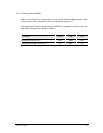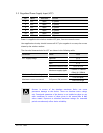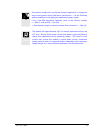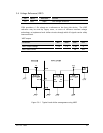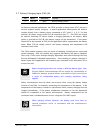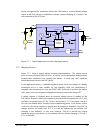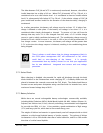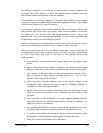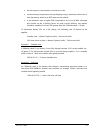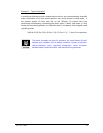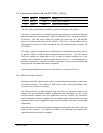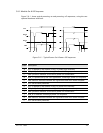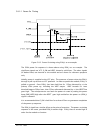
LZT 123 1836 41
• do not expose Li-Ion batteries to moisture or rain
• monitor battery temperature during charging using a thermistor placed on or
near the battery wired to an ADC input on the module
• Li-Ion batteries have a higher ESR (compared to Ni-Cd or Ni-MH), although
this should not be a limiting factor for peak current delivery, any battery
should be capable of at least 50% greater than the GS64 demands (~3A pk)
To determine battery life, on a full charge, the following rule of thumb can be
applied:
Standby time = Battery Capacity (mAh) / Idle current (mA)
Call time (voice or data) = Battery Capacity (mAh) / Call current (mA)
Example 1 – Standby time:
A 600mAh rated Li-Ion battery, from fully charged (around 4.2V) to the module cut-
off point (3.2V) will provide around 95% of its total charge capacity. For a standby
(idle) current of 18mA, the module will typically provide
600*0.95/18 = 32 hours standby time
Example 2 – Call time:
An 1800mAh rated Li-Ion battery fully charged, transmitting maximum power on a
low-band (850/900MHz) channel may consume an average 320mA, therefore the
module would typically provide
1800*0.95/320 = 5 hours 20 mins call time



